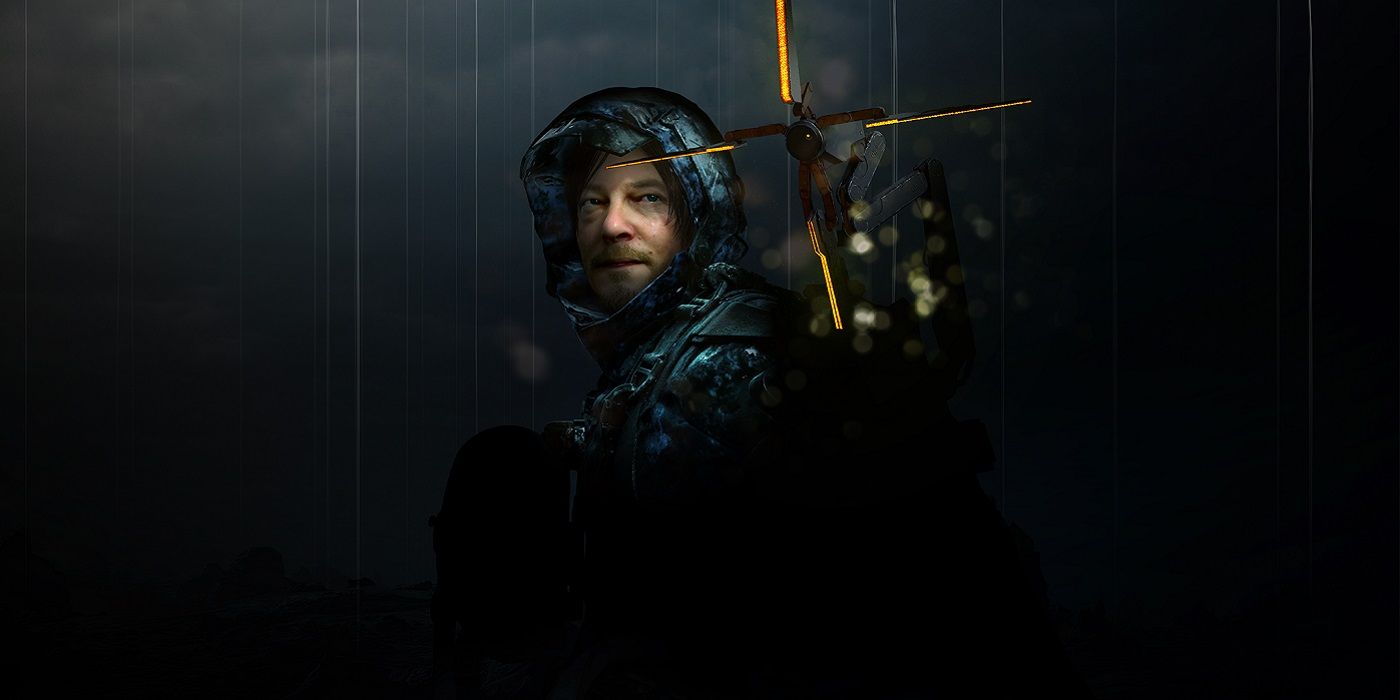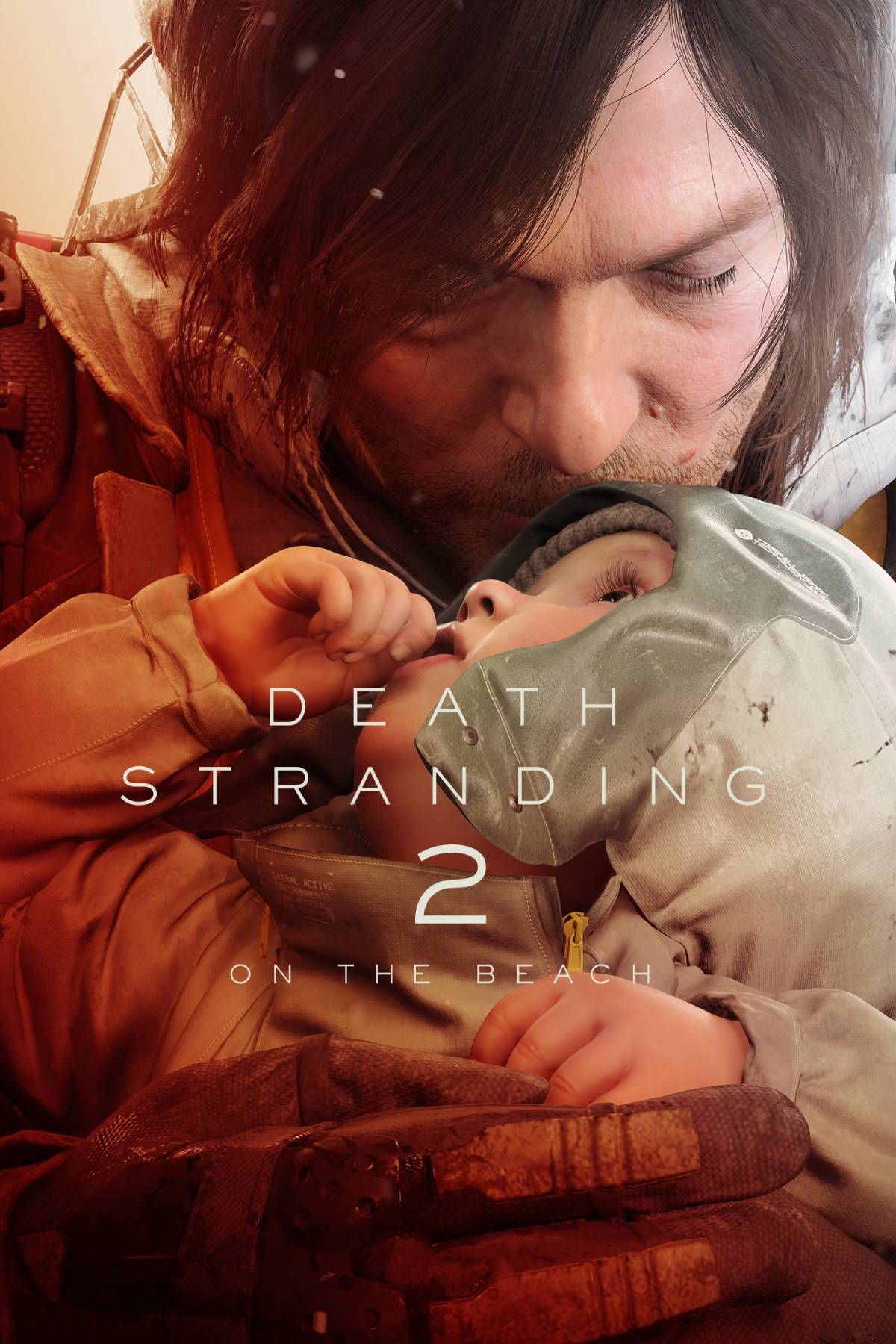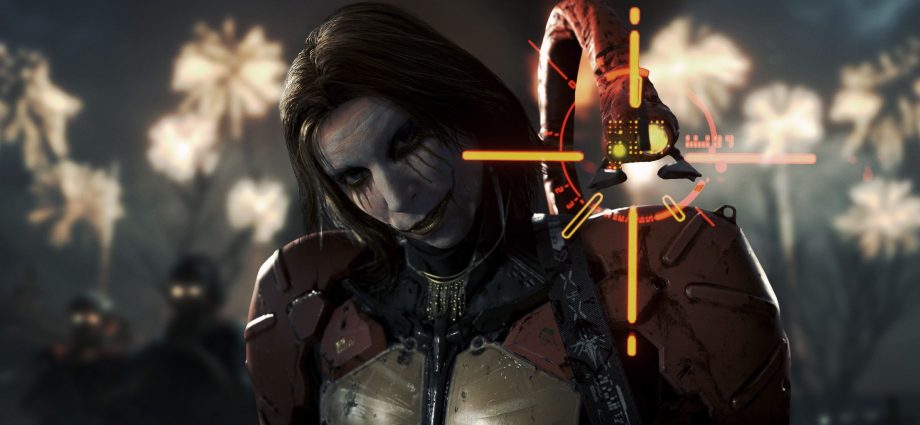The original Death Stranding was a polarizing game. Some were completely enthralled by Hideo Kojima’s bizarre post-apocalyptic world, while others were baffled by it. I fell into the latter camp. As someone that has loved nearly every other Hideo Kojima game ever, I was immensely disappointed with the first Death Stranding. I found it to be a boring slog that fell far short of Kojima’s past games, particularly the Metal Gear Solid series. Considering how little I cared for the original game, I went into Death Stranding 2: On the Beach with some caution, expecting it to be another agonizing trek through a frustrating open world. Instead, I was pleasantly surprised and by the end felt like Death Stranding 2: On the Beach was far closer to the heights reached by Kojima’s previous titles.
Death Stranding 2: On the Beach continues the story of Sam Bridges, living in isolation with a toddler version of his BB from the first game, Lou. Early on in Death Stranding 2, events are set in motion that force Sam back into the “porter” game, and he finds himself delivering packages to various communities across open world Mexico and Australia. Sam is recruited by his old friend Fragile and the two soon start building a crew of allies to travel across the world on a huge ship called the DHV Magellan. Going into too much detail would spoil the experience for players, but rest assured that Death Stranding 2‘s story is as strange as the previous game, but it’s also far more entertaining.

Related
Death Stranding Review
Death Stranding is a boring chore of a game that takes the worst aspects of open world games and combines them with a nonsensical plot.
I found the original Death Stranding‘s story to be a drag. The cutscenes were way too long and worse, they were boring. Death Stranding 2‘s scenes are snappier and more exciting. The story is always moving forward, and interesting new background details are constantly being revealed. Death Stranding 2 cutscenes feature Kojima’s unique brand of over-the-top action sequences that the original game sorely lacked, combined with all the mind-boggling imagery and head-scratching lore that fans have come to expect from Death Stranding.
Death Stranding 2‘s story is much easier to get invested in than the original, but it still has its problems. While I was thoroughly entertained from start to finish, none of the emotional moments landed, and it’s because of the characters. No one feels like a real person. The characters are all caricatures that spend their time vomiting exposition and acronyms at each other, making it difficult to take them seriously. Certain big events didn’t register with me because the characters didn’t react in a way that humans would react.
Death Stranding 2‘s stacked cast does their best with the material given to them, with Norman Reedus as Sam Bridges, Léa Seydoux as Fragile, Troy Baker as the villainous Higgs, and Luca Marinelli’s turn as the mysterious Neil Vana all standing out in particular. Everyone tries to inject emotion and weight into the overbearing dialogue, but it was too tall a mountain to climb.
The main quest of Death Stranding 2 takes players across the vast open worlds of Mexico and Australia, with most missions all about delivering packages. I found the original Death Stranding‘s take on this concept to be lacking, to say the least, likening exploration to those parts in Skyrim when you try to force a horse up a mountain. I expected to feel the same about Death Stranding 2‘s gameplay, but instead I found it fun and even relaxing at times. Players are given total freedom when it comes to mapping out their delivery routes, and are given all kinds of tools that let them tackle any given objective however they want. These gadgets are given to players at a fast pace, with something new added to Sam’s ever-growing toolbox with nearly every completed mission.
Players can utilize floating platforms to help carry heavy objects up steep mountains, or they can rely on more traditional transportation like trucks to carry a lot of items at once across dangerous terrain. Every new tool is an opportunity for players to shake up their playstyle. There will still be those unconvinced that the core idea of taking something from Point A to Point B is all that compelling, and there are certainly times when the gameplay loop gets tedious, but Death Stranding 2 does a good job of keeping players engaged through exciting dynamic events.
For example, there was one instance when I was casually driving across the desert, when suddenly my vehicle was blasted by an explosion and Sam and his cargo went flying everywhere. In no time at all, a group of bandits descended on me with guns and electric rods, forcing a retreat to safety so I could get my bearings, heal up, fight back, and retrieve my cargo before it was destroyed. Luckily, my vehicle was still operational, and I was able to limp my way to the delivery point. In another instance, I was traveling up a steep, snowy mountain, hoping to take a shortcut across the map. The plan was working until an earthquake triggered an avalanche, completely obliterating Sam and all the stuff he was carrying in the process. It’s water-cooler moments like these that keep Death Stranding 2 players on their toes in a way that the original game did not.
Mission structure can get repetitive, though. Players talk to someone’s hologram at a terminal, accept a package, deliver it, talk to someone else, rest in their private room, rinse, and repeat so many times in Death Stranding 2 that tedium can start to set in. Environmental variety, dynamic events, and the occasional shake-up in mission objectives help keep things fresh, but there is still a degree of repetition that players should be aware of.
Death Stranding 2 Combat is Exhilarating
When players aren’t delivering packages, they will likely be engaging in Death Stranding 2‘s combat, which is a real highlight of the experience. Death Stranding 2 combat is exciting and constantly evolving. Sam is regularly given new weapons and other tools to help in his fight against human enemies, “ghost mechs,” and BTs (the ghostly “Beached Things” from the first game), with players free to approach situations how they see fit. In typical Kojima fashion, Death Stranding 2 combat can be handled stealthily, with Sam able to sneak up on enemies and tie them up with his handy rope. Alternatively, players can always go into enemy bases guns blazing and will likely walk away successful as long as they bring enough firepower and blood bags.
Every combat scenario in Death Stranding 2 is a blast, and that includes the boss fights. Some optional bosses are found while players are exploring the game world in the form of huge animal-like BTs that flood the area with gooey tar and force players to either stand and fight or try to escape. When these fights pop up near the end of a particularly taxing delivery, the tension is never higher, especially since most of them can swallow Sam whole and end the fight in a single move. There are non-BT bosses in Death Stranding 2 as well and each encounter is a memorable, challenging one.
Death Stranding 2 nails its combat, but its standout feature is the returning Social Strand System. While Death Stranding 2 is a single-player game, players are able to actively assist one another by pooling resources to build structures that appear in each other’s worlds. I lost count of how many times a well-placed bridge or charging station saved me in Death Stranding 2, and the sense of community that the Social Strand System cultivates is remarkable. Players will never see other players, but they can hear each other shout, share supplies, and collaborate on making the world easier to navigate.
Death Stranding 2‘s world is nothing short of majestic. The game gives players opportunities to click in the right stick for breathtaking aerial views that show off its absurd draw distance and graphical fidelity. Death Stranding 2 graphics are incredible and polished to a sheen, with zero texture issues or pop-in of any kind. It’s quite easily one of the best-looking PS5 games to date. Pair the visuals with the perfectly-curated soundtrack, with songs that start playing right as players reach a particularly stunning area, and it’s safe to say that Death Stranding 2‘s presentation is the total package.
Beating Death Stranding 2’s main story took about 25 hours, but there are a bunch of side missions to complete and other content to discover after the credits roll.
After my disappointing experience with the original game, I did not expect to like Death Stranding 2 as much as I did. Its huge world is fun to explore, its graphics are incredible, and its tools give players a great deal of freedom to choose how they want to handle every challenge that comes their way. The dialogue and repetitive mission structure keep it from reaching the heights of some of Kojima’s other games, but Death Stranding 2: On the Beach is still a worthwhile adventure.

- Majestic views in a gorgeous open world
- Constantly rewards players with new tools that let them play how they want
- Exhilarating combat
- Social Strand System is still brilliant
- Atrocious dialogue that robs the game’s story of its emotional impact
- Repetitive mission structure with tedium setting in at times




